Acidulants can improve the flavor of foods.
These food additives are used to control acidity, prolong shelf life and improve the flavor profile of foods.
They have evolved over the centuries and exist today in modern food industry processes.
Basically, acidulants perform the following three functions:
-Regulate the pH of food.
-Increase conservation.
-Modify or enhance the flavor.
Because of their ability to simultaneously alter pH and flavor, the main function of acidulants is to act as a flavor development agent in foods, especially in confectionery, soft drinks, juices, beers and other beverages, dairy products, preserves and bakery products.
There are different acidulants, each with different effects on the aroma, flavor and pH of foods.
The most common in the market are citric acid, ascorbic acid, lactic acid, phosphoric acid, malic acid, acetic acid and tartaric acid, which are combined with other products for a better flavor.
The pH of a food is a measure of the acidity or alkalinity it contains.
A wide variety of organoleptic effects can be achieved by the way the pH is altered by acidulants or a combination of acidulants.
For example, lactic acid provides a creamy aroma and can be used in dairy beverages and confectionery products.
In contrast, tartaric acidand fumaric acid produce a dry sensation that complements beverages such as red wine.
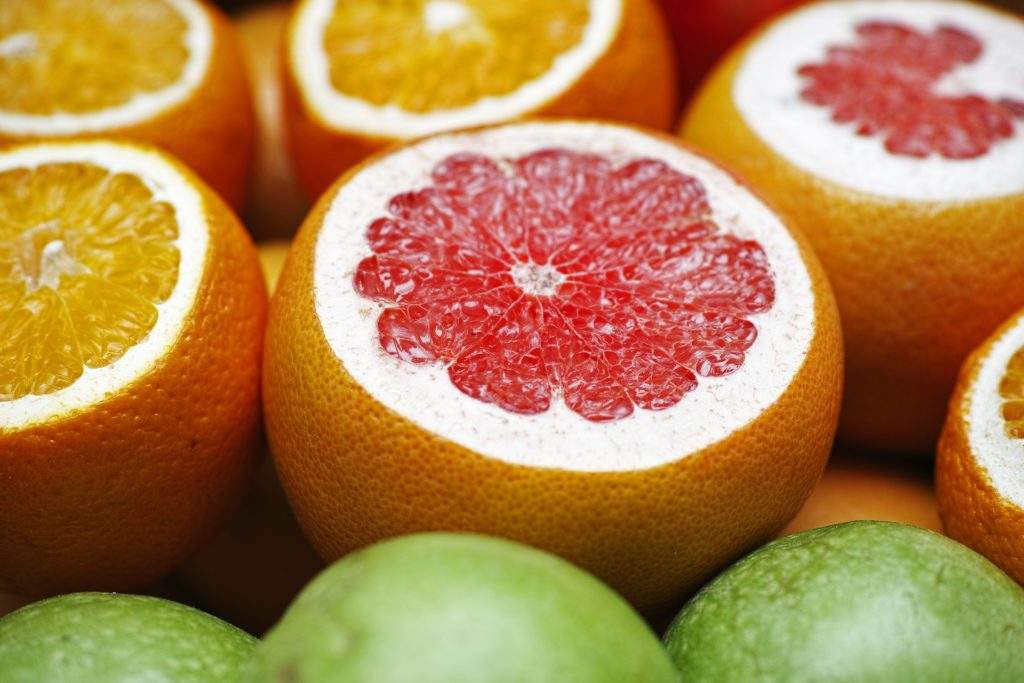
Citric acid(E330) is a weak organic acid.
It is a natural preservative/preservative and is also used to add a sour, or tart, flavor to foods and soft drinks.
Citric acid is found in various fruits and vegetables, especially citrus fruits such as lemons and limes.
It can be added to ice cream as an emulsifying agent to prevent fats from separating, to candies to prevent sucrose crystallization or to recipes in place of fresh lemon juice.
Citric acid is commonly used in wine production as a substitute or improver when fruits with little or no natural acidity are used.
It is one of several acids used by home brewers to modify brewing water.
In addition, citric acid is used as the main ripening agent in the first steps of mozzarella cheese production.
Experienced cooks know how important sourness can be in balancing the flavors of a dish.
The sour taste provides depth, counteracts bitterness and complements the other taste sensations that humans are capable of experiencing.
The five tastes are sweet, sour, salty, bitter and umami.
Without the sour taste of acid to round them out, some dishes can be tasteless.
Citric acid is a powdered additive that can be preserved and is full of sour flavor.

Citric acid powder is unique because it is one of the few ways to add acid to a dish without increasing the moisture or liquid content.
A splash of fresh citrus juice or a splash of vinegar are common methods of adding acidic flavor, but sometimes liquid-based ingredients change the dish too much.
Here are the benefits of working with citric acid powder in your kitchen:
–Easy to measure and control – Citric acid powder is easy to measure and can be sprinkled on dishes a little at a time.
All cooks have experienced the problems of souring their dish too much with too much vinegar.
Citric acid makes it easy to control the level of acidity in your kitchen so that it is just right.
–Does not contain liquid– Citric acid provides a sour taste without increasing the moisture content of the dishes.
Sometimes it is necessary to add acid without any liquid.
–Neutral acid flavor – Citric acid provides pure acidity without other flavors.
Vinegar and wine have their own distinct flavors in addition to their acid profile, which does not suit all dishes.
–Affordable – Other acid additives, such as the exotic spice amchoor, are not as affordable or available as citric acid, which can be purchased in bulk and has a long shelf life.
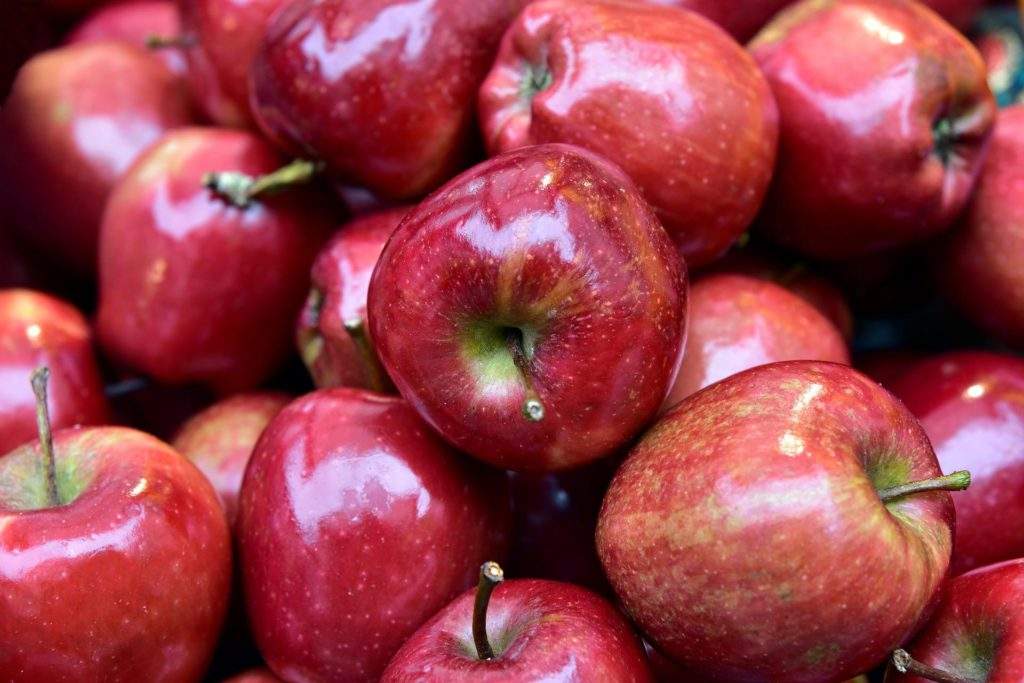
Malic acid (E 296) is an organic compound that is the active ingredient of many acidic or sour foods.
Malic acid is found mainly in unripe fruits, especially apples.
It is more acidic than ascorbic or citric acid.
All fruits (and many vegetables) contain malic acid.
Interestingly, the method of cultivation seems to affect malic acid levels.
In one analysis, organically grown citrus had more malic acid than conventional citrus.
Malic acid is also found naturally in wine.
However, no one likes sour wine.
Therefore, when the wine is fermented, the malic acid is converted into a milder lactic acid.
This process is called malolactic fermentation.
Manufactured malic acid, on the other hand, is more commonly found in:
–Food products: As it has antimicrobial properties, malic acid is a common food preservative.
Mayonnaise and salad dressing, for example, often contain malic acid to increase shelf life and add acidity.
Malic acid is often the secret ingredient in super sour candies.
Beverages: Low-calorie beverages usually contain citric acidor malic acid.
They trick the brain into thinking there is more fruit flavor than there really is.
Both acids have similar acidity, but malic acid is slightly cheaper per unit volume.
–Supplements: Manufacturers bind minerals to malate to improve their bioavailability.
–Skin care products: Malic acid is a common ingredient in peels and other skin care products.
In one study, a skin care regimen with malic acid combined with a vitamin C-based mask improved melasma (brown sunspots) in 35 patients.
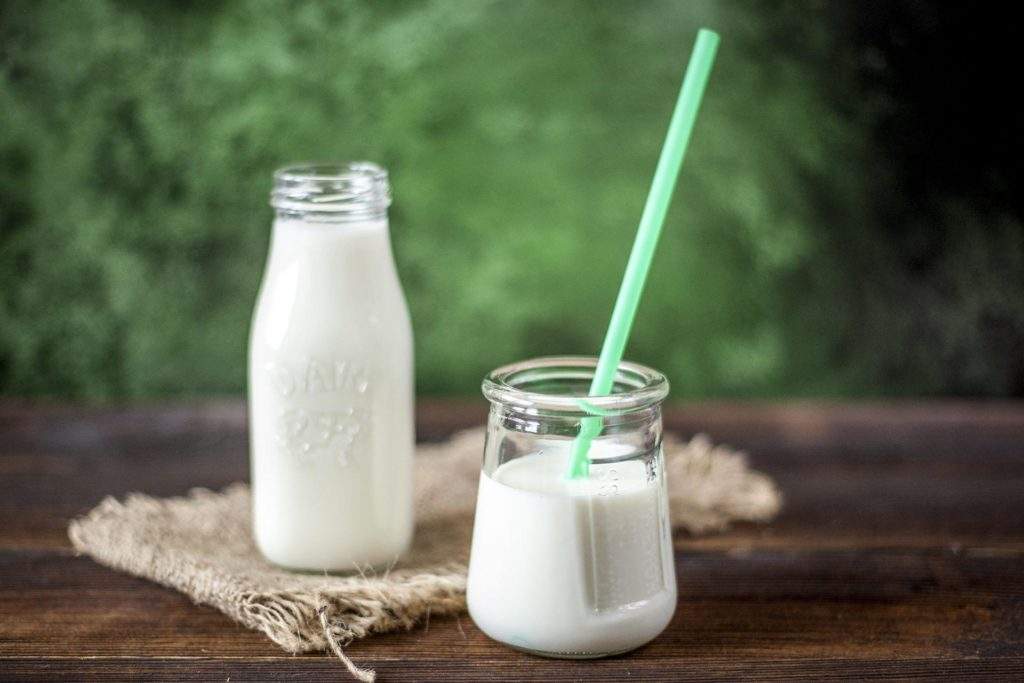
Lactic acid, also known as milk acid, is found mainly in sour milk products, such as yogurt, kefir, koumiss, laban and some cheeses.
The casein in fermented milk is coagulated (curdled) by lactic acid.
Lactic acid is also responsible for the sour taste of sourdough breads.
This acid is used in brewing to lower the pH and increase the body of the beer.
It is also used in various drinks and cocktails to give them a sour taste.
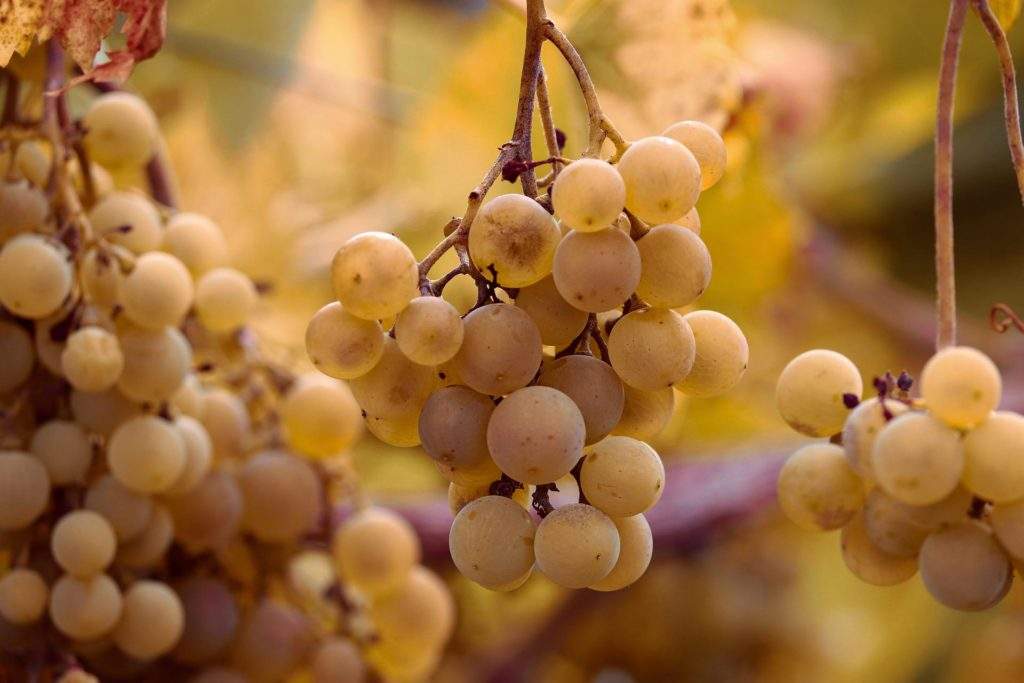
Tartaric acid (E334) is a white crystalline organic acid.
It is found naturally in many plants, especially grapes, bananas and tamarinds; it is often combined with sodium bicarbonate to function as a leavening agent in recipes, and is one of the main acids found in wine.
It is added to other foods to give them a sour taste and is used as an antioxidant.
It can be used in all types of food, except untreated food.
Tartaric acid occurs naturally in plants such as grapes, apricots, apples, bananas, avocados and tamarinds.
It is popularly used to improve the quality and stability of various foods.
Tartrates or tartaric acid crystals are colorless and odorless and have a sour taste.
The acid taste oftartaric acidis responsible for the acidity of the wine.
The acid can manifest itself clearly as “wine diamonds” that sometimes appear on the cork.
It is also suitable for the production of effervescent powder.
Tartaric acid is popularly used in fruit and vegetable juices, soft drinks and confectionery, among others.
Mexican cuisine has incorporated tartaric acidin most of its recipes.
It was introduced in Mexico around the 16th century by foreign settlers.
Since then, it has become an integral ingredient of Mexican cuisine.

1. Tartaric acidis praised for its antioxidant and anti-inflammatory properties that keep the immune system healthy.
2. Tartaric acid aids digestion, improving intestinal functions.
3. Improves glucose tolerance and intestinal absorption.
4. It should be consumed in moderation since excessive consumption may cause gastric problems.
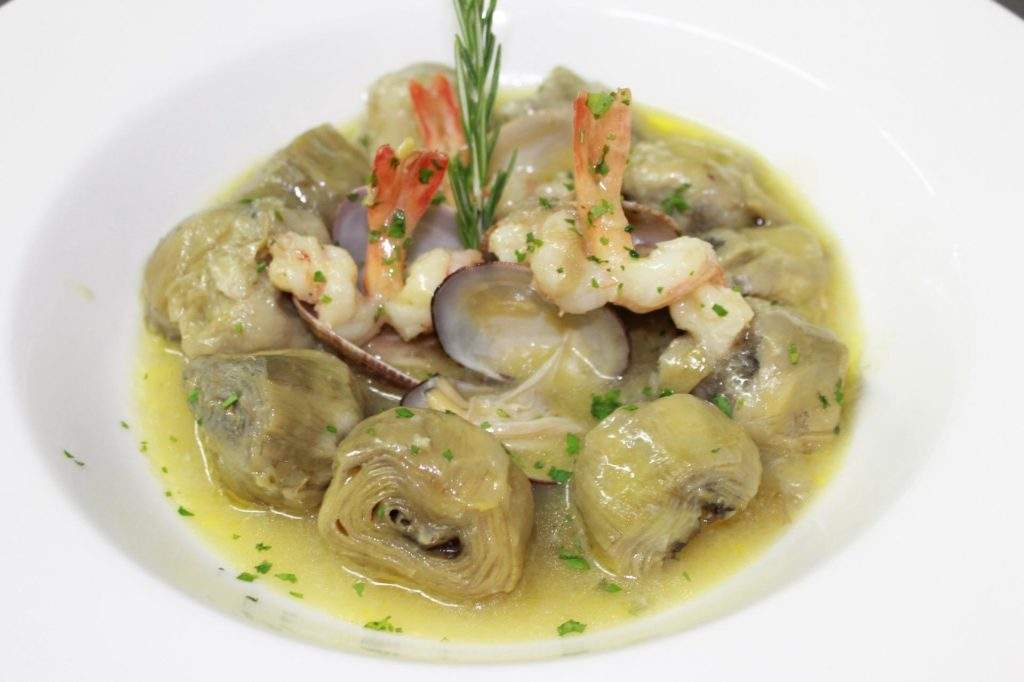
Ascorbic acid (E300) is a naturally occurring organic compound with antioxidant properties and a form of vitamin C.
It is found in citrus fruits, melons and berries.
Ascorbic acid is used to prevent oxidation in green vegetables, helping them to maintain their color.
It is also used in acidulated water to prevent cut fruits and vegetables (such as apples, potatoes and avocados) from browning.
In the kitchen, apart from its obvious nutritional benefits, it is used for a very common purpose: to prevent cut fruits and vegetables from browning.
When you rub apple slices or a cut artichoke with a lemon, it is the ascorbic acidthat is doing the job of preventing the cut surface from turning dark.
Our body uses ascorbic acid to produce collagen.
Ascorbic acid is also an antioxidant.


TÖUFOOD is a complete line of products of exceptional quality, developed by GASTROCULTURA MEDITERRÁNEA SL, which allows the most well-known techniques of modern cuisine to be put into practice. Innovative recipes can be easily realised, bringing excitement and surprise to dishes, offering a stimulating and memorable culinary experience.